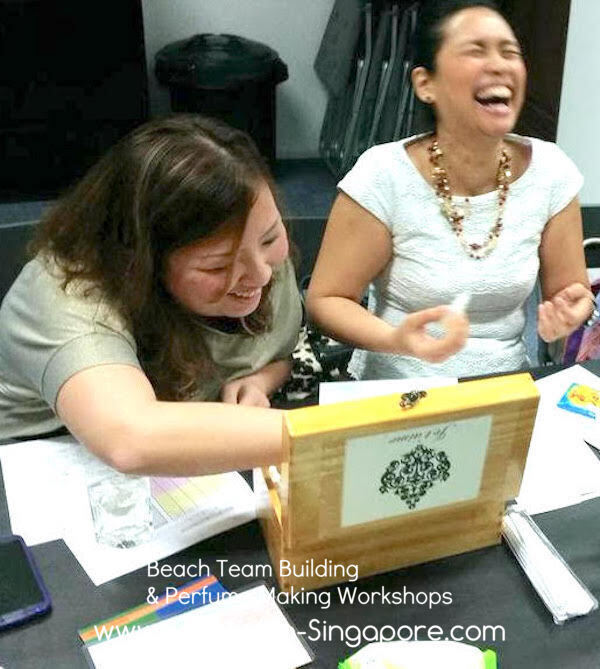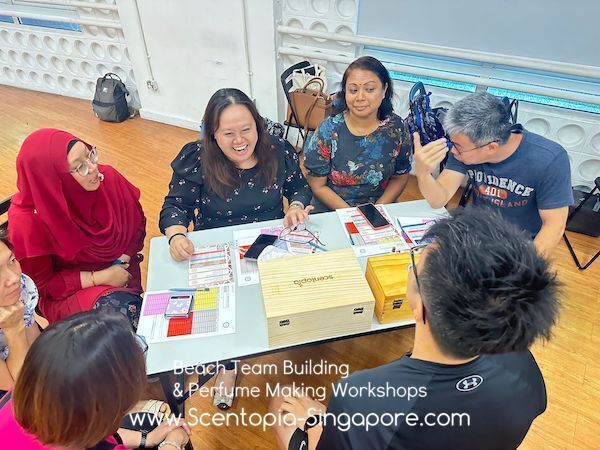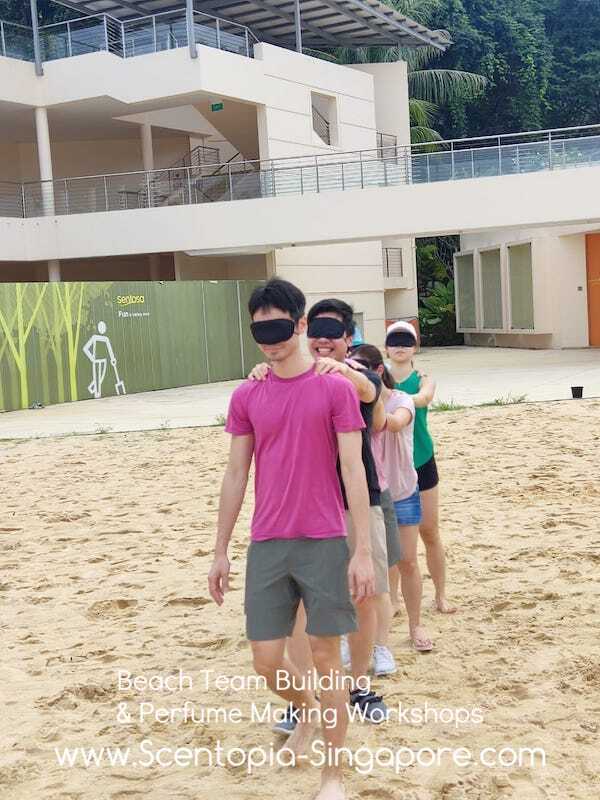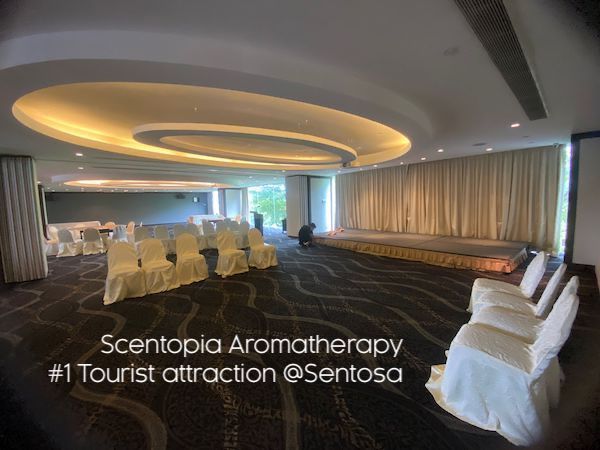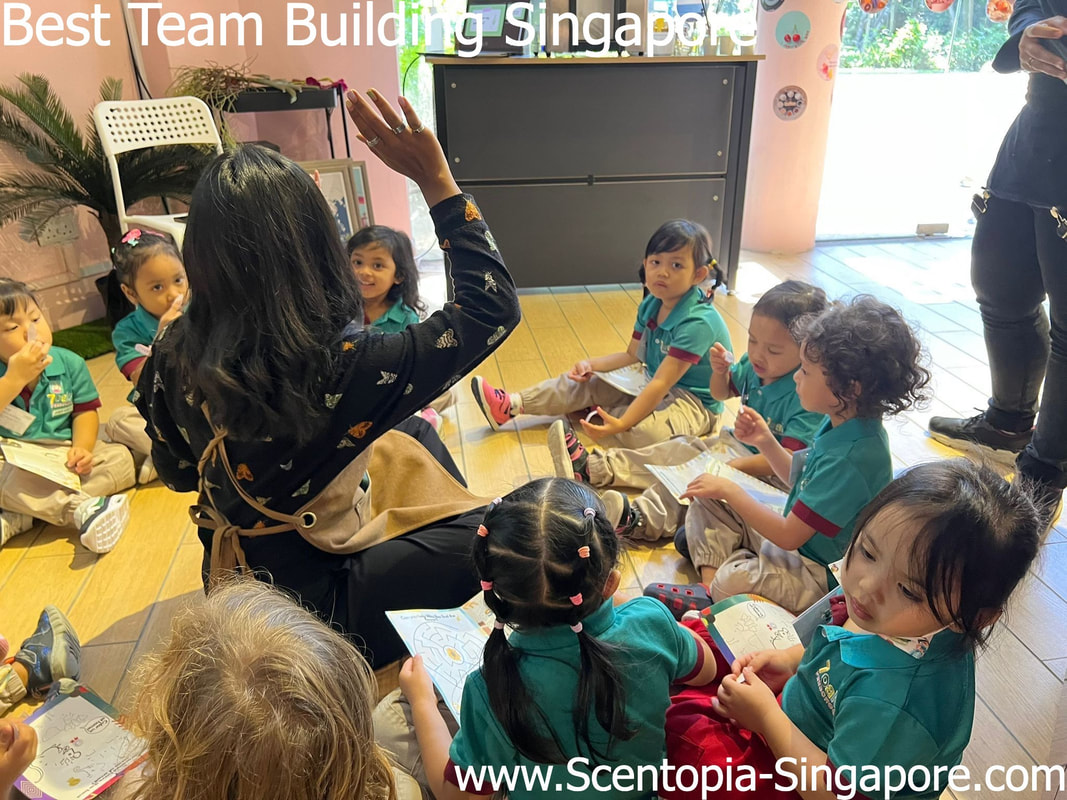12 Awesome Team Building Games Your Team Won't Hate
17 April 2023
12 Awesome Games Your Team Won't Hate
1. Game of Possibilities- Object Interpretations
Time: 5-6 minutes
Number of Participants: One or multiple small groups
Tools Needed: Any random objects
Rules:
Objective: The objective of this game is to foster creativity, communication, and teamwork within a short timeframe. By assigning an everyday object and requiring non-verbal communication, participants are encouraged to think outside the box and come up with imaginative uses for common items.
Benefits:
Variations:
Time: 5-6 minutes
Number of Participants: One or multiple small groups
Tools Needed: Any random objects
Rules:
- Divide the participants into small groups of 3-5 people.
- Give each group a random object. It could be anything from a paperclip to a rubber duck to a spoon.
- In each group, assign one person to be the "demonstrator" and the rest to be the "guessers."
- Set a timer for 1-2 minutes for each demonstration round.
- The demonstrator's task is to creatively and non-verbally demonstrate a unique use for the given object. They can act out actions, gestures, and interactions with the object, but they cannot use any spoken words.
- The guessers in the group must closely observe the demonstration and try to guess what the intended use or scenario is. They can discuss and share their ideas quietly within the group.
- After the demonstration time is up, the guessers write down their interpretations of the demonstration on a piece of paper.
- Rotate roles so that each member of the group gets a chance to be the demonstrator.
Objective: The objective of this game is to foster creativity, communication, and teamwork within a short timeframe. By assigning an everyday object and requiring non-verbal communication, participants are encouraged to think outside the box and come up with imaginative uses for common items.
Benefits:
- Creativity: Participants need to think creatively to demonstrate unconventional uses of the objects, which can stimulate their creative thinking skills.
- Communication: Without using words, participants must communicate their ideas effectively through actions and gestures, enhancing non-verbal communication abilities.
- Teamwork: Group members work together to decipher the demonstration and discuss their interpretations, promoting collaboration and teamwork.
- Innovation: Encourages participants to approach challenges from different angles, fostering a culture of innovation and unique problem-solving.
Variations:
- Blindfolded Demonstrator: Have the demonstrator blindfolded while demonstrating, adding an extra layer of challenge and creativity.
- Limited Time Demonstrations: Shorten the demonstration time to 30 seconds or less, forcing participants to think quickly and act decisively.
- Multiple Rounds: Run several rounds with different objects, allowing participants to switch roles and engage with various items.

